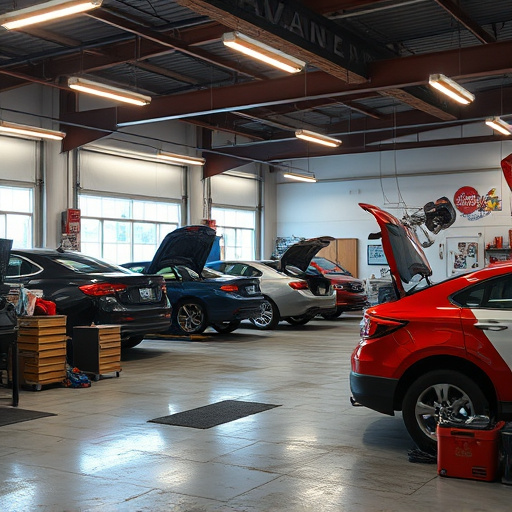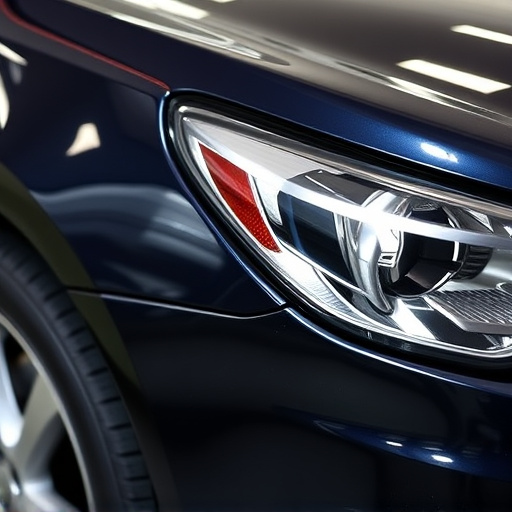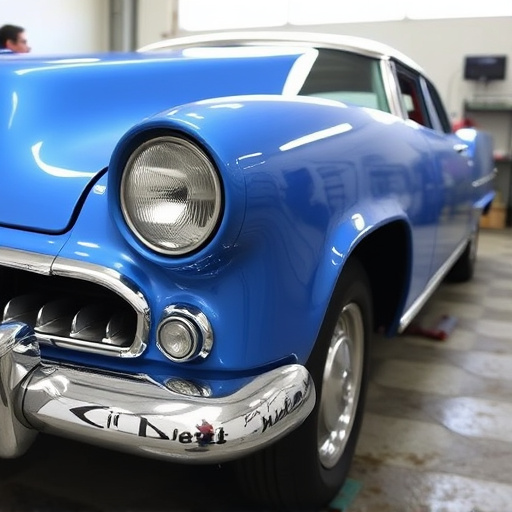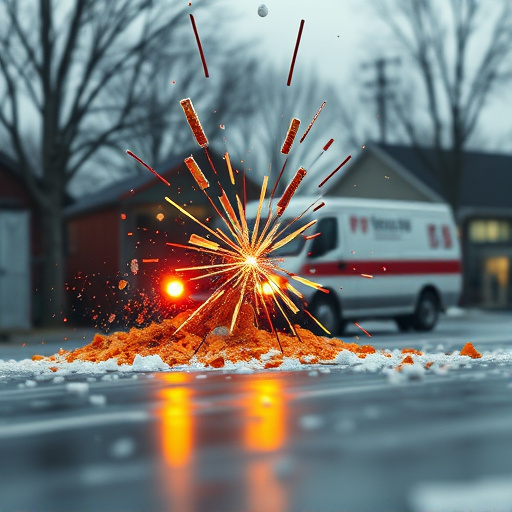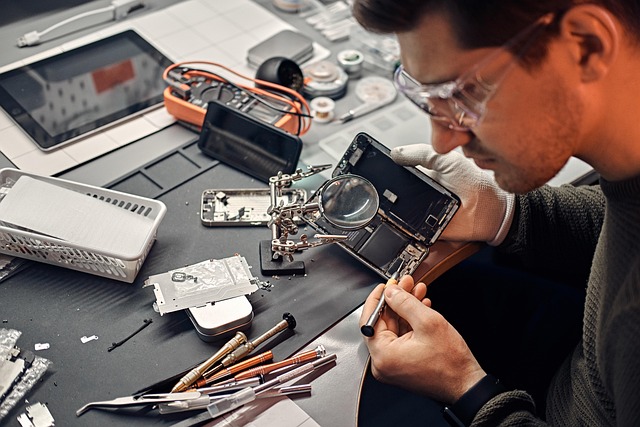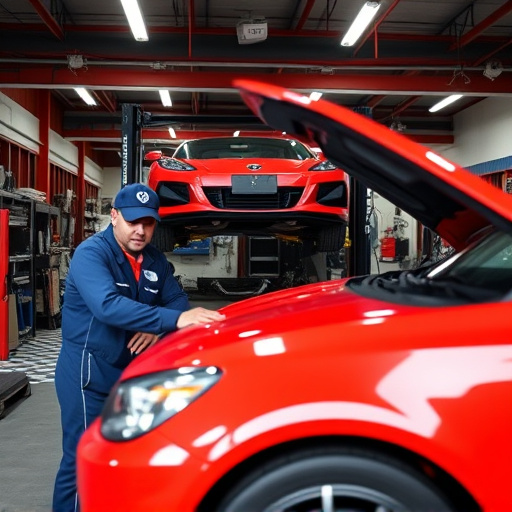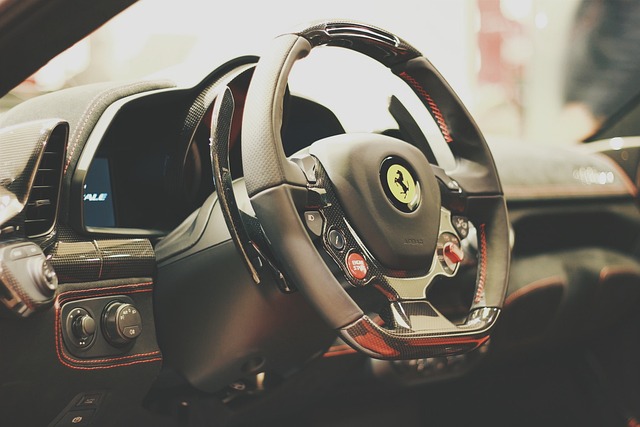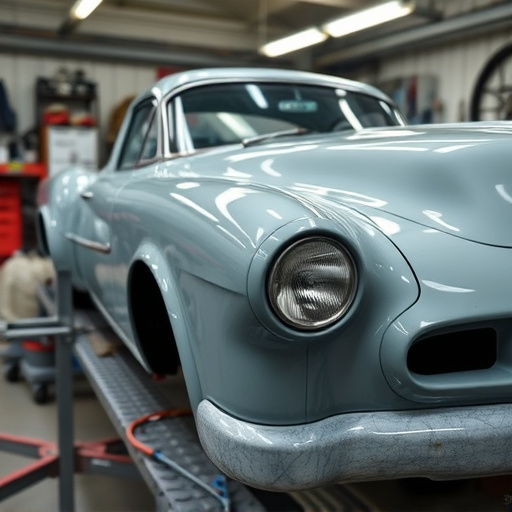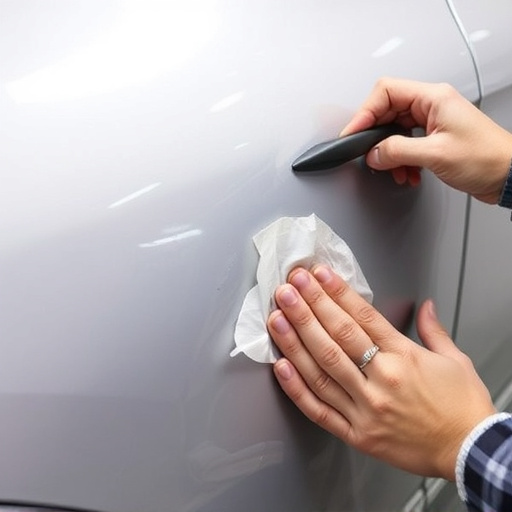Composite material replacement is a game-changer in auto body repairs, using advanced materials like carbon fiber and glass polymers over traditional metal welding. These composites offer lighter weight, higher strength, faster repair times, superior impact resistance, and better aesthetics, addressing the limitations of conventional welding methods while providing a flexible, durable solution for both professionals and consumers in the automotive industry.
In the pursuit of innovative manufacturing solutions, composite material replacement is emerging as a game-changer. This article delves into the comparative analysis between composite material replacement techniques and traditional welding processes. We explore the evolving landscape of composite materials, understanding their unique properties and advantages. Subsequently, we dissect traditional welding methods, highlighting their limitations. Through this exploration, readers will gain insights into the potential benefits and considerations when opting for composite material replacement in various industries.
- Understanding Composite Material Replacement
- Traditional Welding: Processes and Limitations
- Comparative Analysis: Advantages and Disadvantages
Understanding Composite Material Replacement
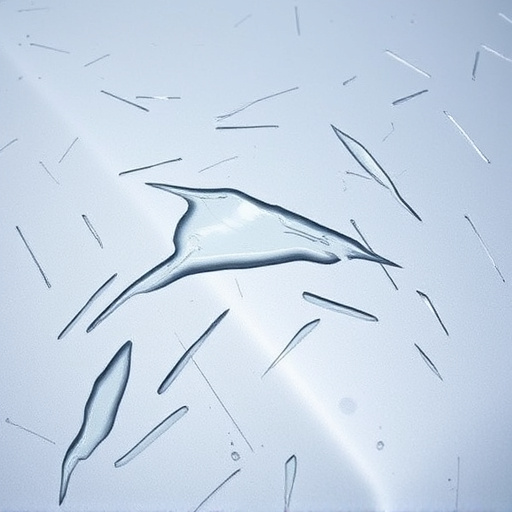
Composite material replacement is a cutting-edge technique transforming the automotive industry, especially in auto body repairs. Unlike traditional welding, which fuses metal components, this method utilizes advanced composite materials to create and repair car bodywork. These materials, often made from lightweight fibers like carbon or glass reinforced polymers, offer unparalleled strength and durability while significantly reducing weight. This not only enhances fuel efficiency but also improves overall vehicle performance.
In the realm of autobody repairs and car bodywork services, composite material replacement provides a game-changer solution. It allows automotive body shops to restore damaged panels to their original specifications, ensuring precision and longevity. With its ability to mimic the strength of metal while offering advantages in terms of weight reduction and design flexibility, composite material replacement is rapidly becoming the preferred choice for both professionals and consumers in the industry.
Traditional Welding: Processes and Limitations

Traditional welding has been a cornerstone of automotive manufacturing and repair for decades, involving intense heat to fuse metal components together. Processes like arc welding, gas welding, and spot welding are commonly used in various industries, including car damage repair and autobody repairs. While effective, these methods have inherent limitations.
One significant drawback is the potential for structural weaknesses, especially when dealing with complex geometries or thinner metals. In automotive collision repair, this can lead to reduced structural integrity and increased risk of future failures. Moreover, traditional welding generates considerable heat input, which may cause unwanted metal distortion or even melt sensitive materials, complicating the process further. These limitations have spurred interest in composite material replacement as an alternative approach for enhancing durability and streamlining autobody repairs.
Comparative Analysis: Advantages and Disadvantages
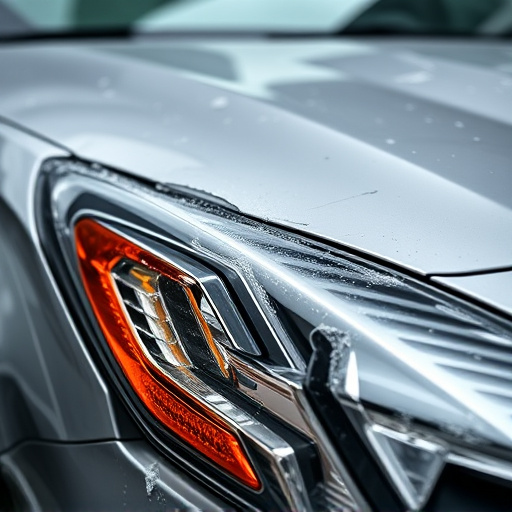
When comparing composite material replacement to traditional welding for vehicle paint repair and automotive restoration, several key advantages and disadvantages come to light. Composite material replacement offers benefits such as faster repair times, reduced weight, and superior impact resistance, making it particularly appealing for modern body shop services. The use of advanced materials can also enhance the overall aesthetics and durability of restored vehicles.
On the other hand, traditional welding methods have their merits, including proven strength and long-term reliability in structural integrity. Welding is often necessary for complex repairs involving metal fabrication, ensuring precise fitting and seamless integration. However, it may take longer to complete and can be more labor-intensive, potentially increasing costs for body shop services. Additionally, the risk of heat-related damage during welding might impact the overall quality of vehicle paint repair and automotive restoration projects.
Composite material replacement offers a compelling alternative to traditional welding, with benefits such as reduced weight, improved strength-to-weight ratio, and enhanced structural integrity. While welding remains indispensable in certain industries, advancements in composite technology make it a viable game-changer for many applications. By understanding the advantages and disadvantages of each method, manufacturers can make informed decisions to optimize their production processes and choose the best approach for specific projects, ultimately driving innovation in material usage.
